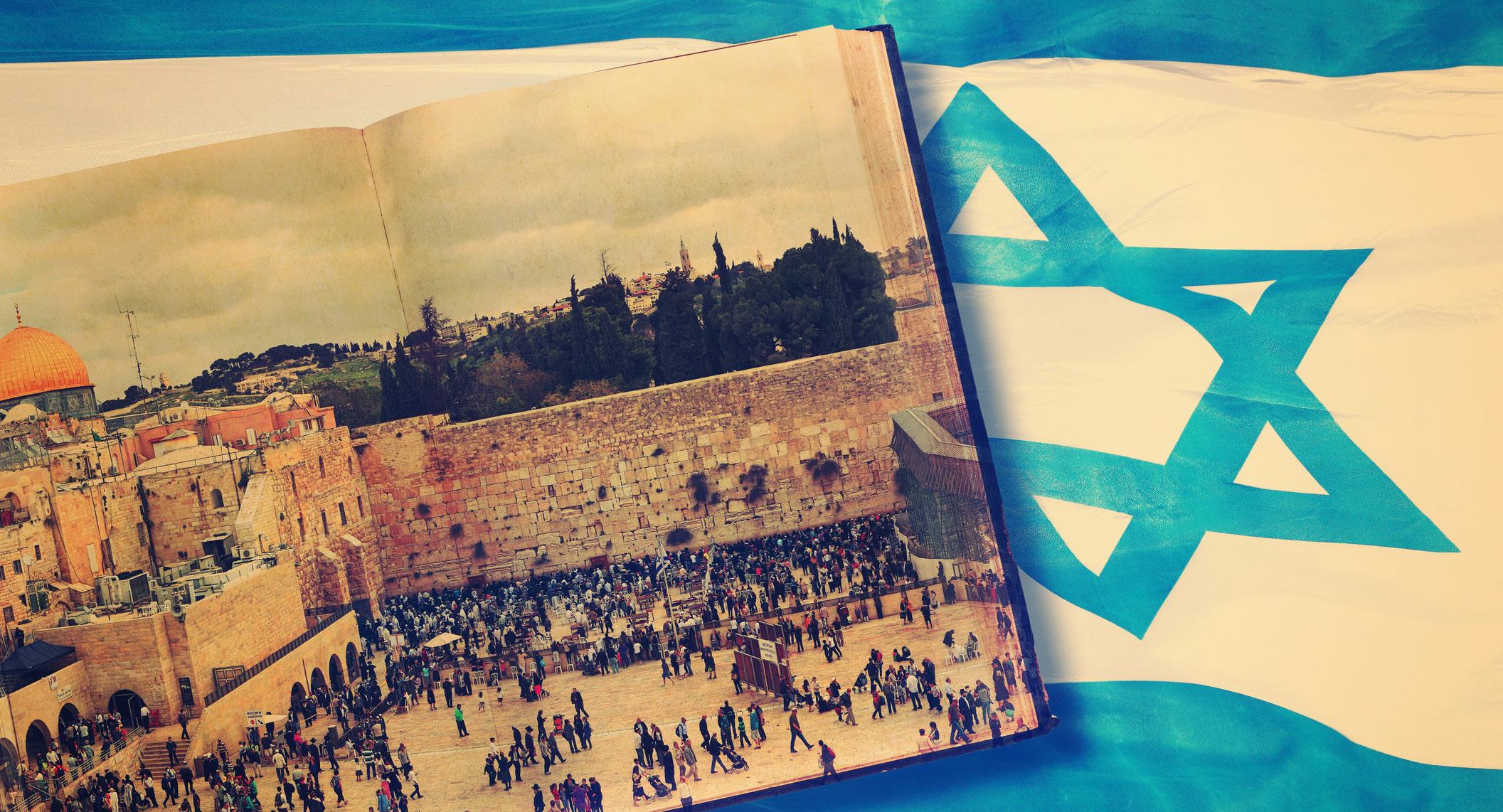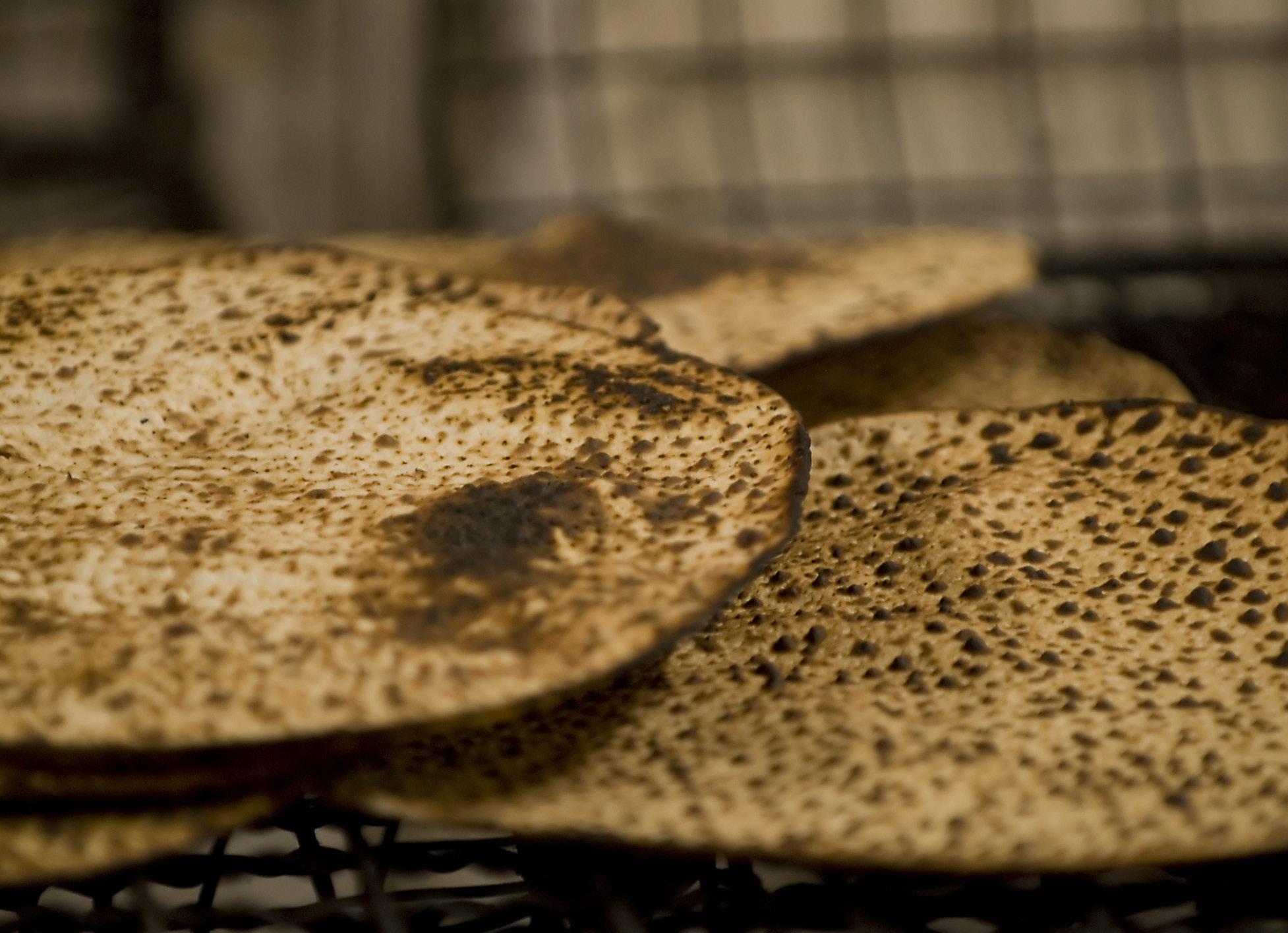
3 minute read
Midnight matzah
There is an anomaly in the mitzvah of matzah that is not always identified. If we cast our minds back to ancient Egypt, the Jewish people were commanded to bring the Paschal lamb on the 14th of Nissan and paint the doorposts of their homes with lamb’s blood.
G-d would then clearly see the blood on each doorpost and have mercy on the Jewish people, resulting in only the firstborn Egyptians to perish. That night, they would have a Seder and eat the Paschal lamb together with bitter herbs and matzah. At midnight, all firstborn Egyptians would be wiped out and the redemption would begin.
So let’s get this straight: on the 14th at night the Israelites ate matzah, maror and the Pesach lamb. The plague of the firstborn was then unleashed. The next morning the Jewish people marched out of Egypt.
What does the Torah then recount? They were rushed out of Egypt with such urgency that they did not have time to allow their bread to rise, instead hurriedly baking the dough into matzah. The Torah continues that this is the reason we eat matzah on seder night, as we were rushed out of Egypt and had no time to allow it to leaven, and in addition, mercifully, the King of Kings revealed Himself to us and thereby redeemed us. cups of the wine of freedom. We also sing Jewish songs and study holy texts, attempting to experience the thoughts and feelings that pervaded the world of our ancestors.
If this all took place on the morning of the 15th of Nissan after the seder night, why did we eat matzah at that very first seder night in Egypt when the rushing and baking of matzah only happened on the way out of Egypt, the day after the Paschal lamb?
The Kabbalists explain as follows: There were two types of matzah, the matzah before midnight and the matzah after.
The great message of the Seder is that the only way for Yiddishkeit to pass from one generation to the next, is to live it.
We don’t contemplate creation by studying theoretical physics; we live it by making a blessing over the food we eat and acknowledging G-d as the Creator of all we enjoy.
That is how we transmit the G-dliness of so much around us to our children. We don’t merely study Jewish history. Over our holidays, we re-enact it, making it our own personal, family experience – thus forging the strongest inter-generational bond … linking the past, present and future.
We would expect Moses to speak about liberty and freedom, or perhaps about the Promised Land. He didn’t. Instead, he communicated the importance of parents’ responsibility to pass Judaism on to future generations and advised that this was achieved by instructing children to perform experiential mitzvot. This included the Passover offering and eating Matzah on Pesach, wearing Tefillin on weekdays, lighting Shabbat candles every Friday evening of the year and many more.
Long before the Mayflower set sail, our nation exited Egypt. That anniversary is the first night of Pesach – Seder time! We recite blessings; eat Matzah; taste bitter herbs; study Torah; drink four cups of wine. Hence, the great lesson of the Seder: Judaism is active, not passive.
We are a resilient people. It is now up to us to ensure our Kinderlach not just quietly listen to the story of Pesach but open their arms to actively become involved in the shining light that is Judaism.
Yet, as midnight struck, G-d revealed himself in all His glory. He smote the Egyptians and His light began to shine. As the Torah portion says, “Until the King of Kings revealed himself to them and redeemed them”. The power of Hashem’s energy liberated them and rushed them hastily out of Egypt.
Pre-and-post. The matzah before midnight is the bread of affliction – the bread of slaves.
The oppressed do not get time to bake real bread, they eat matzah. It is the cheapest source of sustenance, easy to store, easy to make. It is a poor person’s bread.
This was the matzah before midnight. When the Jews consumed it, they were reminded of their centuries of slavery. On the eve of redemption they were obliged to remember the suffering they had been through.
In the face of that Divine light, dough could not ferment and develop, it could not become bread per se, it had to turn to matzah. After midnight, “No chametz” was not a symbol of poverty and slavery, but rather a symbol of G-d’s inspired intervention. Therein lies the answer to the initial question posed. Matzah eaten at the Seder on that first Pesach was purely viewed as the bread of affliction and this was the rationale behind why they were commanded to eat it. Yet after midnight, the matzah then morphed into the bread of our redemption as “they were rushed out of Egypt and the bread could not rise.” G-d had revealed Himself to them – with an urgent focus on the Exodus.
Nowadays, when we celebrate at the Seder, we view matzah as a symbol of salvation and G-d’s providence over us. We do not consume it for the original reason our fatigued forefathers ate it on that first Seder. For us, post-Exodus, our reflections encompass the Divine light that radiated from that moment and was gratefully welcomed. Therefore, due to this and this alone, our bread was not able to rise.









